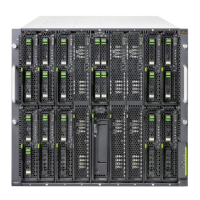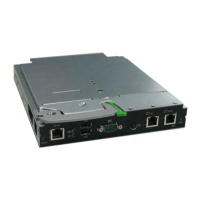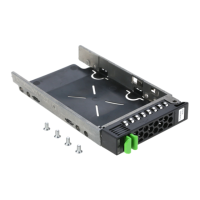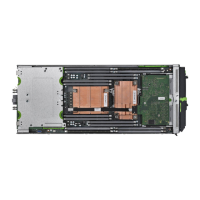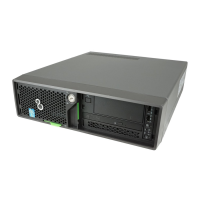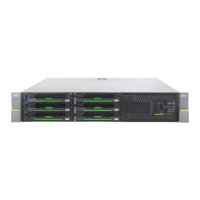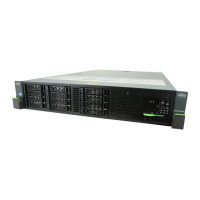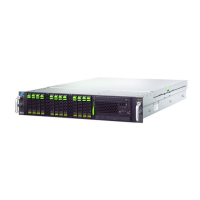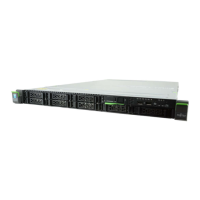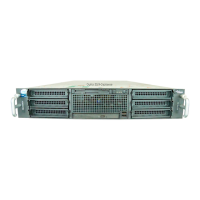© 2011 Fujitsu Technology Solutions
16
2.1 Features of the Ethernet Connection Blade
The Ethernet Connection Blade provides a wide range of advanced performance-enhancing features.
Multicast filtering provides support for real-time network applications. Port-based and tagged VLANs,
plus support for automatic GVRP VLAN registration provide traffic security and efficient use of network
bandwidth. QoS priority queuing ensures the minimum delay for moving real-time multi-media data
across the network. Flow control eliminates the loss of packets due to bottlenecks caused by port
saturation. And broadcast storm suppression prevents broadcast traffic storms from engulfing the
network. Some of the management features are briefly described below.
Head of Line Blocking
Head of Line (HOL) blocking results in traffic delays and frame loss caused by traffic competing for the
same egress port resources. HOL blocking queues packets, and the packets at the head of the queue
are forwarded before packets at the end of the queue.
Flow Control Support (IEEE 802.3X)
Flow control enables lower speed devices to communicate with higher speed devices, by requesting that
the higher speed device refrains from sending packets. Transmissions are temporarily halted to prevent
buffer overflows.
Back Pressure Support
On half-duplex links, the receiving port prevents buffer overflows by occupying the link so that it is
unavailable for additional traffic.
Jumbo Frames Support
Jumbo frames are frames with an MTU size of up to 9K bytes, and better utilize the network by
transporting the same data using fewer frames. The main benefits of this facility are reduced
transmission overhead, and reduced host processing overhead. Less frames leads to less I/O interrupts.
This facility is typically used for server-to-server transfers.
MDI/MDIX Support
The Ethernet Connection Blade Module automatically detects whether the cable connected to an RJ-45
port is crossed or straight through. Standard wiring for end stations is Media-Dependent Interface (MDI)
and the standard wiring for hubs and switches is known as Media-Dependent Interface with Crossover
(MDIX).
Auto Negotiation
Auto negotiation allows an Ethernet Connection Blade Module to advertise modes of operation. The auto
negotiation function provides the means to exchange information between two devices that share a
point-to-point link segment, and to automatically configure both devices to take maximum advantage of
their transmission capabilities.
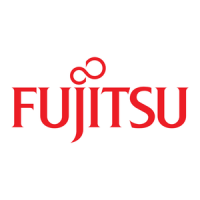
